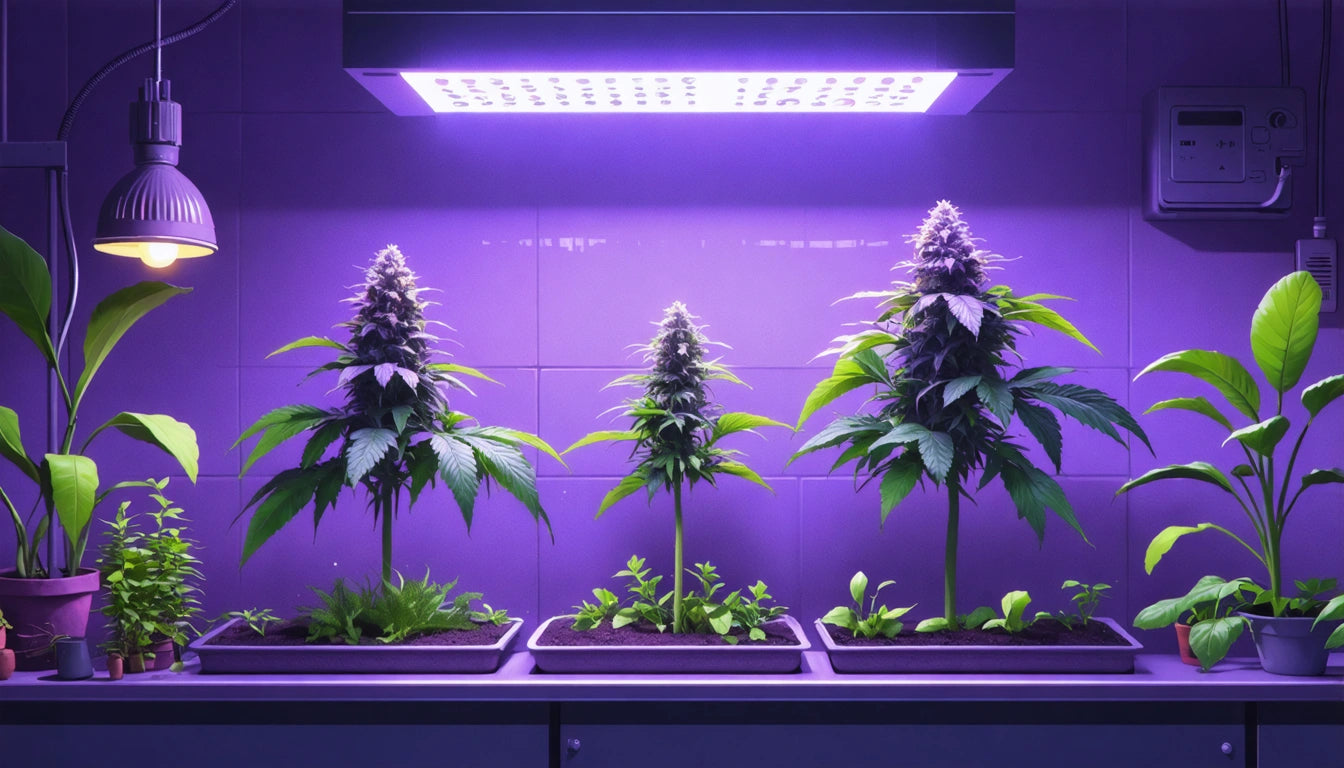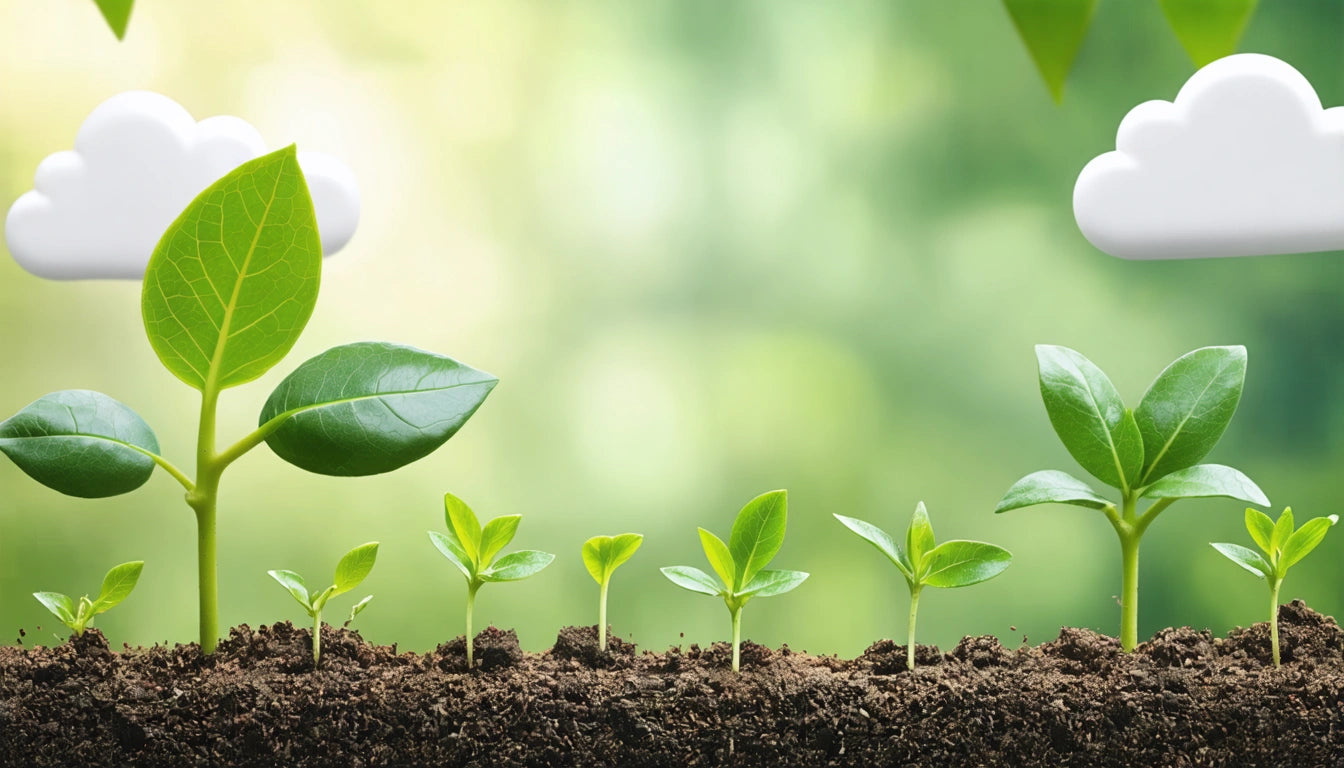Table of Contents
Comprehensive Guide to Growing Cannabis: Tips, Techniques, and Resources
Growing cannabis successfully requires knowledge, patience, and attention to detail. Whether you're a beginner looking to start your first grow or an experienced cultivator seeking to refine your techniques, this cannabis growing guide provides the essential information you need to nurture healthy plants and achieve optimal yields.
Getting Started with Cannabis Cultivation
Before diving into cannabis cultivation, understanding the basics is crucial. The ultimate beginner's guide to growing weed outlines the fundamental requirements: adequate space, proper lighting, ventilation, growing medium, nutrients, and quality seeds or clones.
For indoor growers, you'll need to decide between soil and hydroponic systems. Soil is more forgiving for beginners, while hydroponics can yield faster growth but requires more technical knowledge. Consider your available space, budget, and time commitment when making this decision.
Creating the Ideal Growing Environment
Cannabis plants thrive under specific environmental conditions. The ultimate guide to growing cannabis indoors recommends maintaining temperatures between 70-85 °F (21-29 °C) during the day and slightly cooler at night.
Lighting Requirements
Light is perhaps the most critical factor in cannabis cultivation. During the vegetative stage, plants typically require 18-24 hours of light daily. When transitioning to flowering, adjust to a 12/12 light/dark cycle to trigger bud development.
Air Circulation and Humidity
Proper ventilation prevents mold and pest issues while strengthening plant stems. Humidity should be kept at 40-70% during vegetation and lowered to 40-50% during flowering. Investing in a quality hygrometer and automated humidity controllers can make management much easier.
Seed Selection and Germination
Choosing the right genetics is fundamental to a successful grow. This guide to understanding cannabis strains can help you select varieties that match your growing environment and desired effects.
For germination, the paper towel method is popular among beginners. Place seeds between damp paper towels, store in a warm, dark place, and check daily until taproots emerge. Alternatively, you can plant directly into a seedling medium with high humidity until sprouting occurs.
Growing cannabis from seeds requires patience but offers the advantage of stronger plants and the full expression of genetic potential.
Nutrients and Feeding Schedules
Cannabis plants require different nutrient ratios during various growth stages. During vegetation, higher nitrogen promotes leafy growth, while phosphorus and potassium become more important during flowering.
NPK Ratios
- Seedling stage: Minimal nutrients or 1/4 strength
- Vegetative stage: Higher nitrogen (N) ratio (e.g., 3-1-1)
- Flowering stage: Higher phosphorus (P) and potassium (K) (e.g., 1-3-2)
Always start with lower concentrations and gradually increase to avoid nutrient burn. Many growers follow the "less is more" philosophy, especially with organic soil grows that contain beneficial microorganisms.
Common Problems and Troubleshooting
Even experienced growers face challenges. The cannabis deficiency guide is essential for identifying and correcting nutrient issues. Common problems include:
Nutrient Deficiencies
- Nitrogen deficiency: Yellowing of older leaves
- Phosphorus deficiency: Dark green leaves with purple stems
- Potassium deficiency: Brown spots and yellow leaf edges
Pests and Diseases
- Spider mites: Tiny spots on leaves, fine webbing
- Powdery mildew: White powdery substance on leaves
- Root rot: Stunted growth, wilting despite watering
Preventative measures like maintaining clean growing environments and proper air circulation can minimize these issues. For processing your harvested cannabis, quality grinding equipment can help maintain consistency in your final product and improve the overall experience.
Harvesting and Curing Techniques
Knowing when and how to harvest is crucial for potency and flavor. Top tips for harvesting marijuana suggest monitoring trichome color using a jeweler's loupe. Clear trichomes indicate immaturity, cloudy ones signal peak THC, and amber trichomes suggest higher CBD and a more sedative effect.
Drying Process
After harvesting, hang branches upside down in a dark room with temperatures around 60-70 °F (15-21 °C) and humidity at 45-55%. Proper drying typically takes 7-10 days and is complete when stems snap rather than bend.
Curing Methods
Curing involves storing dried buds in airtight glass containers and opening them daily for the first week to release moisture and gases. This process, which can last from two weeks to several months, enhances flavor, smoothness, and potency.
Advanced Growing Techniques
As you gain experience, explore advanced methods to increase yields and potency. The cannabis grow guide week by week can help you implement techniques like:
Training Methods
- LST (Low-Stress Training): Gently bending stems to create an even canopy
- SCROG (Screen of Green): Using a screen to create an even canopy and maximize light exposure
- Topping and FIMing: Cutting the main stem to create multiple main colas
Advanced Nutrient Strategies
Consider techniques like compost teas, living soil amendments, and precise nutrient timing to enhance terpene profiles and cannabinoid production. Many commercial growers are now implementing automated systems for precise feeding schedules.
Essential Resources for Cannabis Growers
Continuing education is vital for cannabis cultivators. Books on how to grow cannabis provide in-depth knowledge that can transform your garden. Online communities, grow journals, and comprehensive guides to growing marijuana at home offer valuable insights from experienced growers.
The cannabis visual weight guide helps growers estimate yields and properly dry their harvest. Additionally, exploring the cannabis plant basics can deepen your understanding of this remarkable plant's biology and requirements.
Whether you're growing for personal use or considering the best properties for legal cannabis production, continuous learning and adaptation to your specific environment will lead to increasingly successful harvests. Remember that each grow is an opportunity to refine your approach and develop your unique style as a cannabis cultivator.











Leave a comment
All comments are moderated before being published.
This site is protected by hCaptcha and the hCaptcha Privacy Policy and Terms of Service apply.